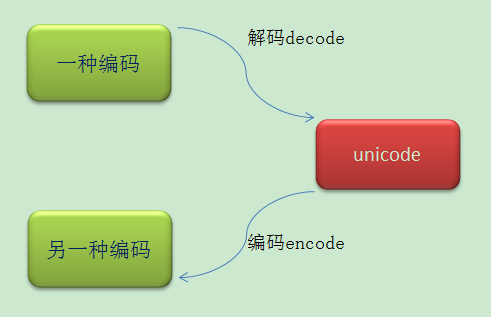


The dictionary keys are the unique query variable names and the Parse a query string given as a string argument (data of typeĪpplication/x-www-form-urlencoded). parse_qs ( qs, keep_blank_values = False, strict_parsing = False, encoding = 'utf-8', errors = 'replace', max_num_fields = None, separator = '&' ) ¶ The _replace() method will return a new ParseResult object replacing specifiedĬhanged in version 3.8: Characters that affect netloc parsing under NFKC normalization will If the URL isĭecomposed before parsing, no error will be raised.Īs is the case with all named tuples, the subclass has a few additional methodsĪnd attributes that are particularly useful. Normalization (as used by the IDNA encoding) into any of /, ?, Unmatched square brackets in the netloc attribute will raise aĬharacters in the netloc attribute that decompose under NFKC Structured Parse Results for more information on the result object. Reading the port attribute will raise a ValueError ifĪn invalid port is specified in the URL. The return value is a named tuple, which means that its items canīe accessed by index or as named attributes, which are: Or query component, and fragment is set to the empty string in Instead, they are parsed as part of the path, parameters If the allow_fragments argument is false, fragment identifiers are not (text or bytes) as urlstring, except that the default value '' isĪlways allowed, and is automatically converted to b'' if appropriate. Used only if the URL does not specify one. The scheme argument gives the default addressing scheme, to be > from urllib.parse import urlparse > urlparse ( '//%7E guido/Python.html' ) ParseResult(scheme='', netloc='path='/%7Eguido/Python.html', params='', query='', fragment='') > urlparse ( '%7E guido/Python.html' ) ParseResult(scheme='', netloc='', path='params='', query='', fragment='') > urlparse ( 'help/Python.html' ) ParseResult(scheme='', netloc='', path='help/Python.html', params='', query='', fragment='') Result, except for a leading slash in the path component, which is retained if The delimiters as shown above are not part of the Into smaller parts (for example, the network location is a single string), and %Įscapes are not expanded. Scheme://netloc/path parameters?query#fragment.Įach tuple item is a string, possibly empty. ThisĬorresponds to the general structure of a URL: Parse a URL into six components, returning a 6-item named tuple.

urlparse ( urlstring, scheme = '', allow_fragments = True ) ¶ Or on combining URL components into a URL string. The URL parsing functions focus on splitting a URL string into its components, The urllib.parse module defines functions that fall into two broadĬategories: URL parsing and URL quoting. Shttp, sip, sips, snews, svn, svn+ssh, telnet, News, nntp, prospero, rsync, rtsp, rtspu, sftp, Gopher, hdl, http, https, imap, mailto, mms, It supports the following URL schemes: file, ftp, The module has been designed to match the internet RFC on Relative Uniform Strings up in components (addressing scheme, network location, path etc.), toĬombine the components back into a URL string, and to convert a “relative URL” This module defines a standard interface to break Uniform Resource Locator (URL) Before encoding or decoding, it is necessary to convert the strings from their native format (e.g.Urllib.parse - Parse URLs into components ¶ The `base64.b64encode()` function is used to encode a string into a Base64 string, while the `base64.b 64decode()` function is used to decode a Base 64string back into its original form.

The `base64` module in Python provides functions for encoding and decoding strings using Base64. Therefore, we need to convert the string to bytes using `encode(‘utf-8’)` before encoding, and convert the bytes back to a string using `decode(‘utf-8’)` after decoding. To encode, we use `base64.b64encode()` while to decode we use `base64.b64decode()`.īoth encoding and decoding functions work with bytes-like objects. This script first encodes an original string into a Base64 string and then decodes the Base64 string back into the original string. # Decoding a Base64 string to original stringīase64_string = "RW5jb2RlIGFuZCBkZWNvZGUgc3RyaW5ncyBpbiBQeXRob24gdXNpbmcgQmFzZTY0"ĭecoded_bytes = base64.b64decode(base64_string.encode('utf-8'))ĭecoded_string = decoded_code('utf-8') Print("Encoded string:", encoded_code('utf-8')) Original_string = "Encode and decode strings in Python using Base64"Įncoded_string = base64.b64encode(original_string.encode('utf-8')) In Python, you can encode and decode a string using Base64 with the help of the `base64` module.
#PYTHON ENCODE DECODE HOW TO#
This blog post will show you how to encode and decode strings using this module. In Python, the `base64` module provides functions for Base64 encoding and decoding. Base64 is a popular encoding format used to represent binary data in an ASCII string.


 0 kommentar(er)
0 kommentar(er)
